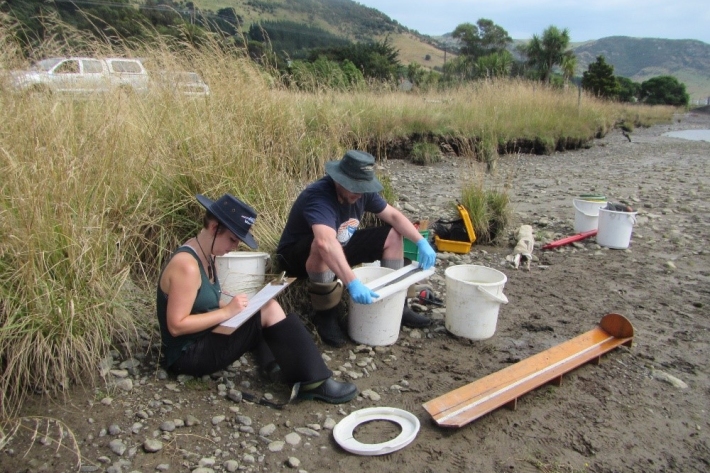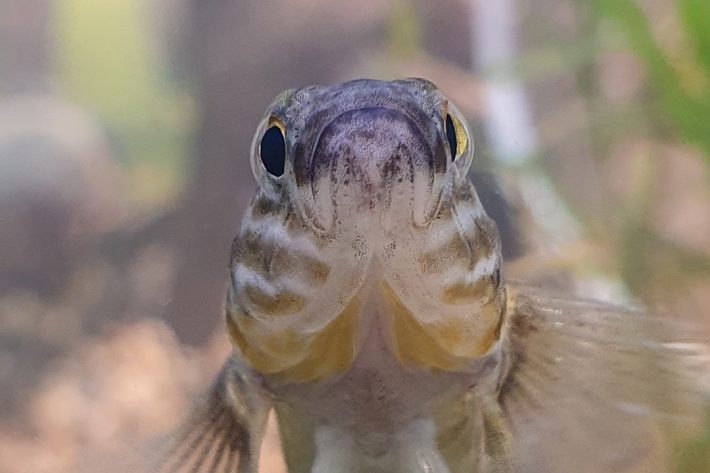-

Stormwater management
NIWA has a range of services and research capabilities to assist with assessing and managing the effects of stormwater and urban development on streams, estuaries and harbours. -

Identifying New Zealand freshwater fishes
NIWA has a series of identification guides available to help you identify New Zealand fish species both in the field and in the laboratory. The quick-guides are great for use in the field and the formal keys provide a greater level of detail. -

NZFFD publications and catchment number directory
Access commonly cited references for the NZFFD and the Catchments of New Zealand publication. -

Biosecurity tools
Software Tool/ResourceOur biosecurity management tools include: assessment models, field surveys, management advice and the testing of control methods. -

Controlling water weeds with grass carp
Research ProjectA Ministry for Primary Industries-funded study has shown that grass carp, in enclosures, can be used as an effective means of controlling invasive plant species in our waterways. -

Ocean modelling
NIWA answers a wide range of scientific questions using ocean modelling. These models can be linked to well established weather forecasting models to predict ocean temperature, sea level and the dispersal of pollution. -

NeSI - the New Zealand eScience Infrastructure
The High Performance Computing Facility underpins the New Zealand eScience Infrastructure (NeSI) initiative. -

Freshwater pest species
This is a user guide on non-native fish, reptile, invertebrate, algal and plant species that are recorded in New Zealand freshwaters.
